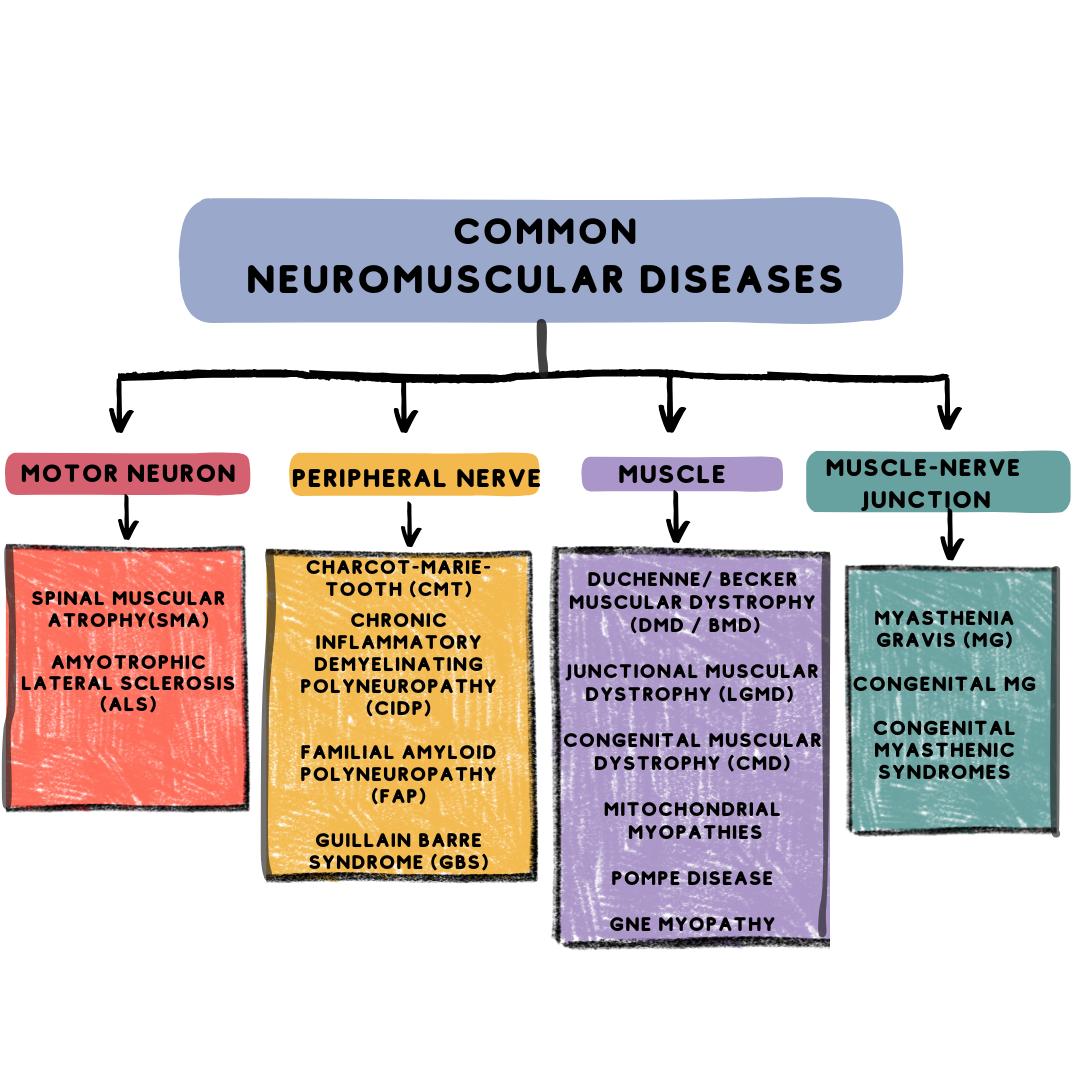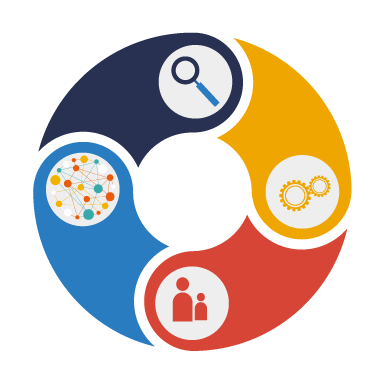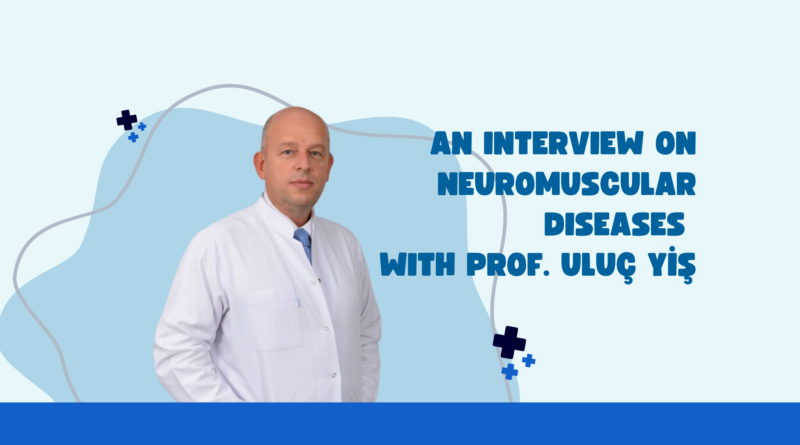An Interview on Neuromuscular Diseases with Prof. Uluç Yiş
As RareBoost, we organize various activities to support the rare disease community by focusing on a different type of rare disease group each month. In this regard, we have designated September as Rare Neuromuscular Diseases Awareness Month and are organizing a series of events in this context.
We started our activities in this framework with Duchenne Muscular Dystrophy (DMD) awareness day on September 7 and the ‘DMD Talk Panel’ on September 11, respectively. In September, there are also other awareness days for rare neuromuscular diseases for instance Myotonic Dystrophy (September 15) and Limb-Girdle Muscular Dystrophy (September 30), so we wanted to get to know neuromuscular diseases more closely.
To gain valuable insights, we had the privilege of speaking with Prof. Uluç Yiş, a Member of the Department of Pediatrics at Dokuz Eylül University Hospital, and talked about these diseases.
Dr. Yiş, what is the literal meaning of ‘neuromuscular’?
The term ‘neuromuscular’ is a combination of ‘neuro’ (nerve) and ‘muscular’ (muscle). In medicine, it refers to the anatomical structures that include peripheral nerves, the neuromuscular junction, and muscles, starting from the spinal cord and brainstem.
What are neuromuscular diseases?
It is the general name of a group of diseases that occur as a result of genetic or acquired disorders in the anatomical region encompassing the peripheral nerves, nerve-muscle junction and muscles from the spinal cord and brainstem. These diseases lead to impairments in muscle function and activity.
What causes neuromuscular diseases?
They are mostly caused by genetic (hereditary, inherited) disorders, but can also be caused by acquired causes such as certain infections (polio) and poisoning (botulism).
What is the prevalence of neuromuscular diseases in Turkey? What are the most common examples?
Like in many other countries, Duchenne Muscular Dystrophy (DMD) is a common neuromuscular disease in our country.
DMD affects about 1 in 3500 to 4000 boys. While there are no precise data, neuromuscular diseases linked to consanguineous marriages are more common in our country.
Are they all considered rare diseases?
Yes, even the most common neuromuscular diseases are classified as rare diseases.

What are the general signs and symptoms of neuromuscular diseases?
Muscle weakness, movement disorders, and deformities are typical symptoms of neuromuscular diseases.
Delay in motor development (such as inability to hold up the head, late walking, or inability to walk), muscle weakness, decreased joint movement, difficulty getting up from the floor or climbing stairs, frequent falls, gait disturbances, inability or difficulty running, walking on tiptoes or waddling gait, easy fatigability, and deformities in the limbs (arms and legs) and spine are all suggestive of a neuromuscular disease.
What are the treatment options for neuromuscular diseases?
Apart from physical therapy and treatments targeting other involved organ systems, there are generally no specific treatments for neuromuscular diseases. However, recent advancements in medical science and molecular biology have led to the development of gene therapy for some previously untreatable neuromuscular diseases (e.g., Duchenne Muscular Dystrophy, Spinal Muscular Atrophy).

